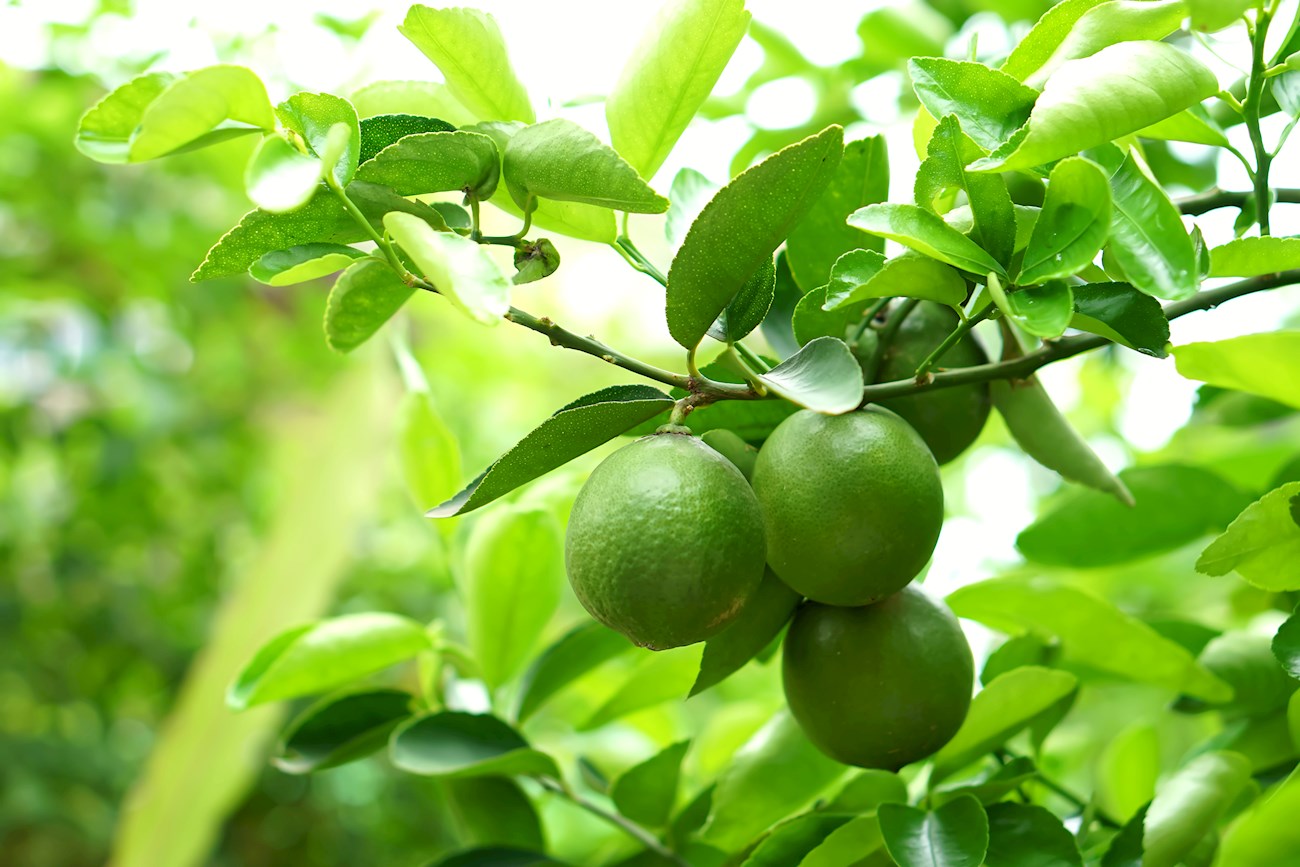Best Maltese Fruit Types
Girgentina is a native white grape variety from Malta, and alongside Ġellewża, one of Malta’s two indigenous grape varieties. The Girgentina grape produces wines that are typically light-bodied, refreshing, and characterized by bright acidity and delicate flavors.
These wines often feature notes of citrus fruits, green apple, and subtle floral aromas, making them well-suited to the warm Maltese climate. Girgentina is particularly appreciated for its ability to retain acidity even in the island’s hot weather, resulting in crisp and well-balanced wines.
Lumiċell refers to the sweet lime, a citrus fruit native to Malta, known for its mild, sweet flavor and less acidic taste compared to regular limes or lemons. The name "lumiċell" derives from the Maltese word for lime, "lumija," with "ċell" distinguishing it as a unique variety.
The fruit is typically round with a thin, pale yellow-green skin and juicy pulp. Unlike the sharp tanginess of other limes, lumiċell is prized for its subtle sweetness, making it a favorite in Maltese culinary traditions. It is commonly used in refreshing drinks, such as limeades, or to enhance the flavor of desserts, salads, and marinades.
Ġellewża is a native Maltese grape variety known for its use in the production of red and rosé wines that reflect Malta’s unique terroir. Alongside Girgentina, it is one of Malta’s two indigenous grape varieties, making it an important part of the island's viticultural heritage.
The name "ġellewża" likely comes from the small, dark berries of the grape, which are similar in appearance to elderberries, though the two are unrelated. Ġellewża grapes are dark-skinned and small, with concentrated flavors that contribute to the wines’ richness and complexity.
TasteAtlas food rankings are based on the ratings of the TasteAtlas audience, with a series of mechanisms that recognize real users and that ignore bot, nationalist or local patriotic ratings, and give additional value to the ratings of users that the system recognizes as knowledgeable. TasteAtlas Rankings should not be seen as the final global conclusion about food. Their purpose is to promote excellent local foods, instill pride in traditional dishes, and arouse curiosity about dishes you haven’t tried.


